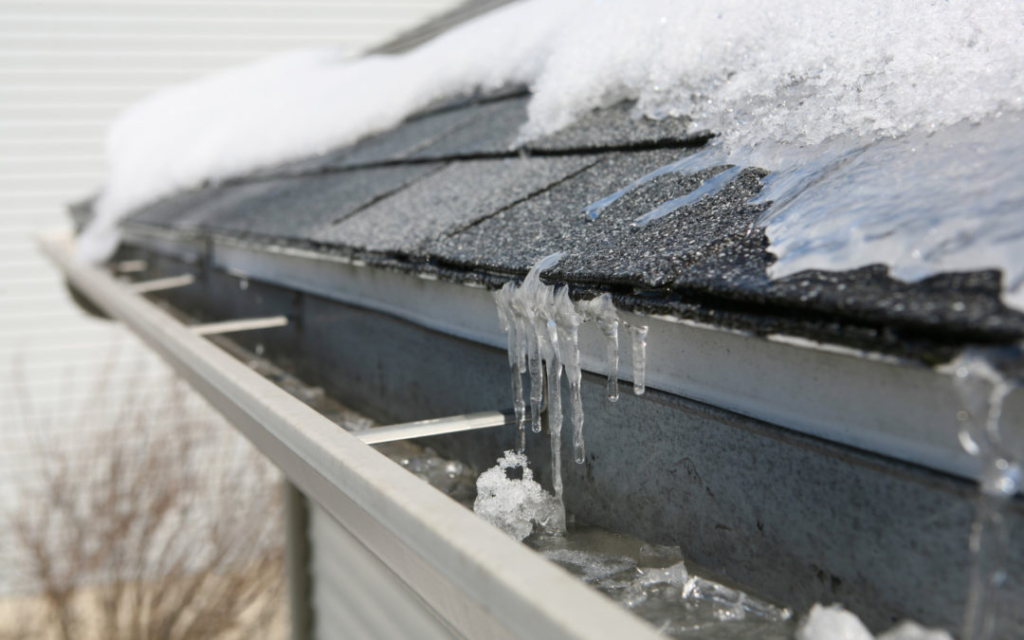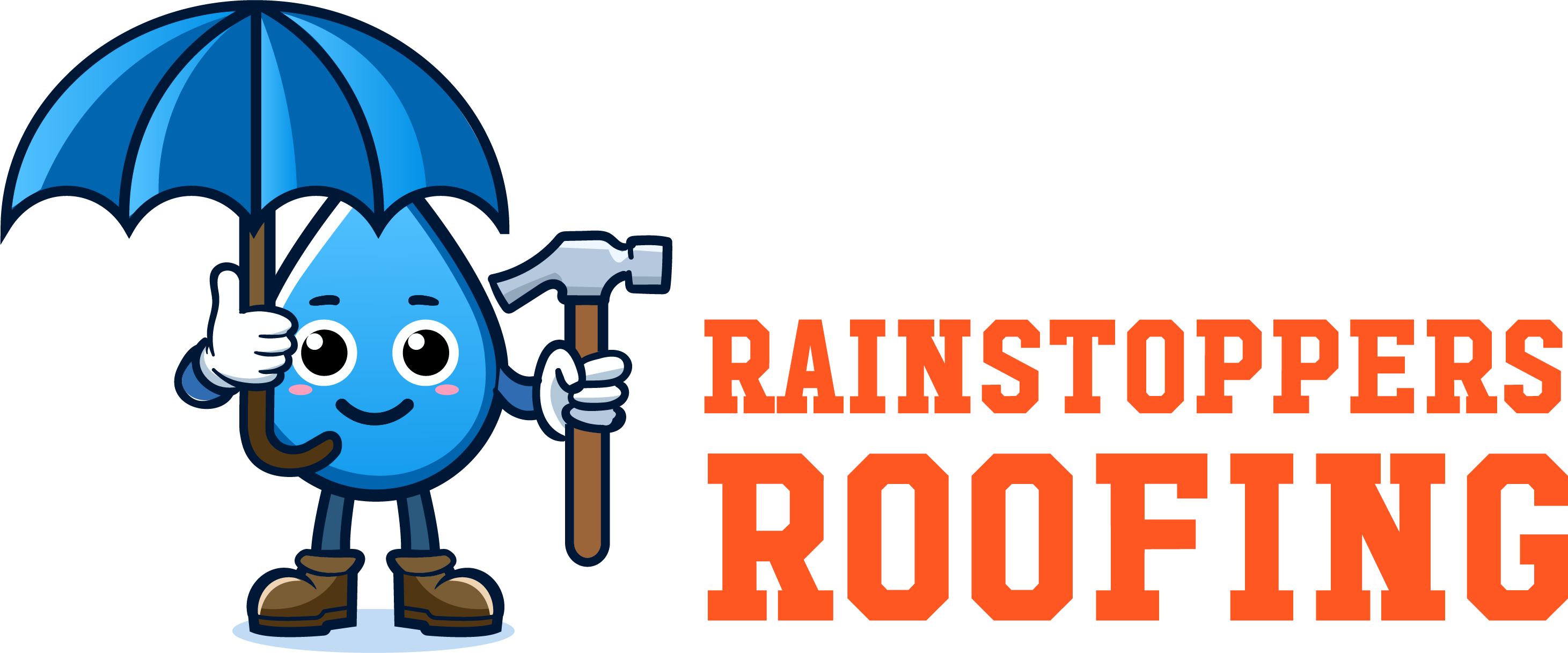The roof of a home is not just an ordinary shelter but the first line of defense against the weather extremities and seasonal changes. Homeowners should find this a must-do job to check and maintain the roof in every season to prepare for the next extreme weather patterns. Due to the burning of fossil fuels, weather patterns are experiencing a shift, and the Appalachia region is no different. As per the reports of the Center for Disaster Philanthropy, more than 10,000 homes were destroyed during the 2022 central flood in the Appalachia region.
Owing to these extreme weather patterns, a regular maintenance checklist needs to be followed to keep the home roofing intact during disasters and keep the family safe and sound. We have compiled a maintenance checklist owing to the impact of seasonal changes on roofs in Appalachia. Let’s delve into further details:

Impact of Seasonal Changes and Weather Patterns on Roofing in Appalachia
The wear and tear of roofing your home is not similar throughout the year, as some seasons get worse than others. Moreover, the timespan of a particular weather and degree of exposure further decide the fate of roofing. Here’s a general understanding of how the Appalachia weather or disasters can affect the roofing:
Heavy Wind— With the seasonal changes, your roof will experience all types of weather extremities throughout the year, and heavy wind is one of them. It can damage the corners of the shingles and will tear the roofing material off the structure. Moreover, if any tree branch is hanging near the roof, it can cause damage to the structure upon breaking during heavy wind.
Rian and Snow— Rain and snow both have different impacts on the roofing material. Rainwater can seep into your roofing structure, making it weaker. Even a small crack in your roof can destroy due to rain.
Additionally, snowstorms are different when it comes to weather damage. The weight of the snow is the actual concern, and it can even collapse a roof if it’s not designed for a certain level of weight.
Storms— Weather patterns of Appalachia are common to experience storms throughout the year. Recently, an Appalachian storm damaged several home’s roofing. Storm damage is another reason why you need a seasonal maintenance checklist. A storm is not just a heavy wind but a combination of rain and snow that damages the roofing material at its worst.
Seasonal Maintenance Checklist | Preparing for the Appalachian Weather
Avoiding extreme weather patterns is not a practical thing, but having a perioding maintenance schedule is! Here’s a complete seasonal maintenance checklist to follow to prepare for the Appalachian weather.
Maintenance Checklist for Fall Season
The fall season is known as the season of falling leaves. It can look aesthetically pleasing but at the same time can ruin the roofing due to leaves falling onto the roof directly or being carried by the wind.
Clear the Debris— Clearing the leaves debris from your roofing is a hectic task but is of utmost importance. Leaves can block the passageway of water down the roof towards the gutter, and it can hinder the drainage system. Water can accumulate, causing roof damage due to dampness.
Fill the Cracks— Do you know a crack between 5mm and 15mm can cause destruction? A crack of more than 25mm needs to be filled by the professionals to protect the roofing against any further damage.

Maintenance Checklist for Winter Season
The winter season brings snow storms alongside in Appalachia. Winter storms are always destructive when it comes to damage to the property. In the year 2022, winter storms have caused more than 64 million USD in damage to property only in the United States. Here’s how to keep your roof intact in winter:
Roof Inspection— Every roofing has a rated weight capacity, which is the maximum amount of weight it can bear before collapsing. Conduct a roof inspection from a professional at the start of winter to find out the weak areas that need repair to carry the weight of snow.
Formation of Ice Dams— Make sure to check periodically for the formation of ice dams in winter. Ice dams can form when the heated roof causes the snow to melt and freeze while falling off the cold edges. It can prevent further melted snow from leaving the roofing, and water can accumulate.

Maintenance Checklist for Spring Season
Winter leaves the Appalachian but has left the signs of damage to your roofing. Spring season must start with the inspection and repair of roof damage during the last winters. Here’s a how-to prepare for Appalachian spring:
Recover from Winter Damage— Whether ice dams have caused roof damage or accumulated snow has induced dampness in the structure, it needs to be rectified professionally. Make sure to clear the downspouts to drain the water and clear off the accumulated snow from the rooftop.
Rain Damage— Spring might bring new blossoms to your yard, but rain is the primary concern during this season. As the temperature is transitioning from colder to warmer, heavy winds and rainfall are expected, which can flood the downspouts, and water can be pushed back to the top due to accumulated gutters. Clear the gutters for any accumulation to avoid getting water moisture damage to the roof.
Maintenance Checklist for Summer Season
Summers can be all fun and joy when it comes to roof maintenance and upkeep, as it’s easier to do so. You can also complete your pending paint job but wait— there’s still a concern for the health of your home’s roofing, i.e., UV rays. Here’s how to deal with Appalachian Summers:
UV Rays Damage— As per Forest Adaptation, the hot summer days in Appalachia can even get temperatures above 95 degrees Fahrenheit. Consider having a UV protective coating on your roof in summer to avoid any cracks and gaps.
Conclusion
Appalachian weather is full of swings throughout the year, and it can get scorching hot in summers and breezy cold in winters. Heavy wind and snowstorms add further to the worries. Make sure to check the roofing health and maintain it properly periodically.
